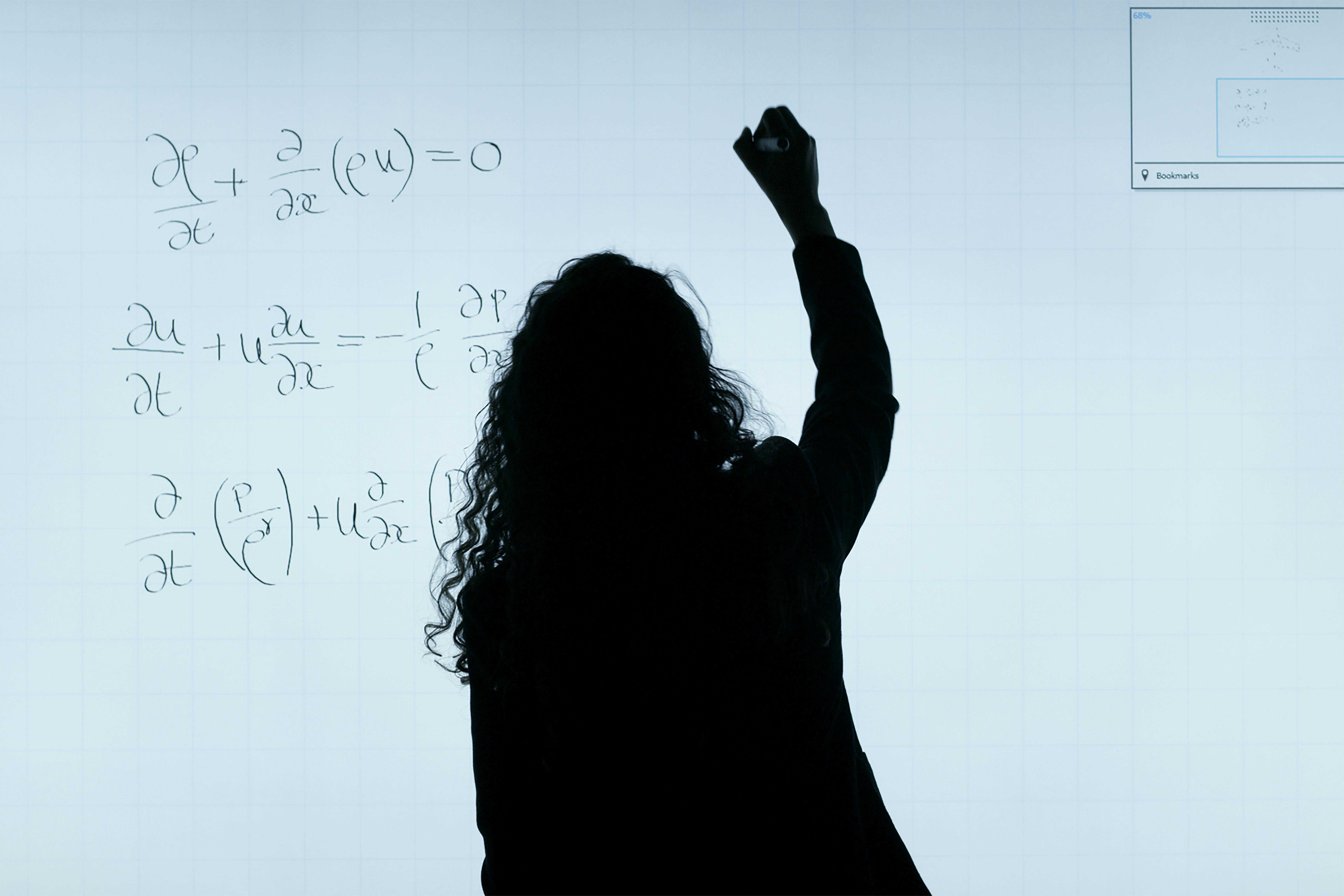Finding Balance: Managing Screen Time for Optimal Learning and Development
The digital revolution has transformed education, bringing unprecedented access to information and interactive learning experiences. However, with these advantages comes the growing challenge of managing screen time effectively.

The digital revolution has transformed education, bringing unprecedented access to information and interactive learning experiences. However, with these advantages comes the growing challenge of managing screen time effectively. For today's children and teenagers, digital devices have become integral to both education and recreation, raising important questions about how to balance screen use for optimal learning and healthy development.
Understanding Screen Time Impact on Young Minds
Research from the American Academy of Pediatrics reveals that not all screen time is created equal. The content consumed, context of use, and duration all play significant roles in determining whether screen time benefits or hinders development. Educational content viewed in moderation can enhance learning, while excessive recreational screen time has been linked to:
- Reduced academic performance
- Sleep disruption and associated cognitive impacts
- Decreased physical activity
- Challenges with emotional regulation
- Diminished face-to-face social skill development
For developing brains, the distinction between beneficial and detrimental screen time often lies in quality rather than quantity alone.
Age-Appropriate Screen Time Guidelines
While individual needs vary, experts suggest these general guidelines for healthy screen time limits:
- Ages 6-10: 1-1.5 hours of recreational screen time daily, with additional time for educational content
- Ages 11-13: 1.5-2 hours of recreational screen time, with focused educational content separated
- Ages 14-18: 2-3 hours maximum for non-educational content, with clear boundaries between entertainment and learning
Educational screen time should be structured differently than recreational time, with specific learning goals, reduced visual stimulation, and minimal distractions.
Creating Healthy Digital Habits
Parents and educators can help young people develop balanced digital habits through several approaches:
- Schedule screen-free times: Designate specific periods (meals, one hour before bedtime, family activities) as completely screen-free
- Differentiate between types of engagement: Help children understand the difference between passive consumption and active learning
- Set clear boundaries: Establish and consistently enforce family rules about when and how devices can be used
- Create distraction-free learning environments: When screen time is for education, minimize notifications, advertisements, and other attention-grabbing elements
- Model healthy balance: Demonstrate your own boundaries with technology
The Quality Factor: Making Educational Screen Time Count
The most crucial factor in educational screen time isn't necessarily duration but quality. High-quality educational screen time features focused content delivery without distracting elements, clear learning objectives, appropriate engagement levels, and content that aligns with developmental needs.
How Modestly Helps
Modestly provides an elegant solution to the screen time quality challenge by transforming how educational content is delivered to students. By allowing educators to create distraction-free links with just a few clicks, Modestly ensures that when students are engaged with screens for learning, they're receiving pure educational content without the distractions that typically surround digital material. There's no need for student accounts or complex setup—teachers simply paste a link, customize the appearance, and share. This means screen time dedicated to learning stays focused on learning, helping maintain the critical distinction between educational and recreational digital engagement. With Modestly, screen time becomes more intentional, more effective, and more aligned with best practices for digital learning without adding technical burden to busy educators and parents.
.png)


